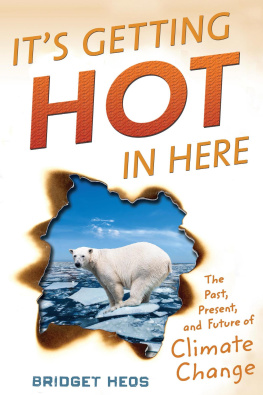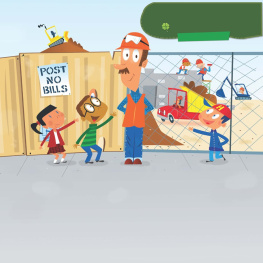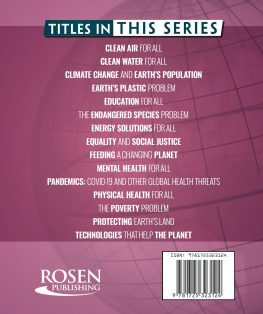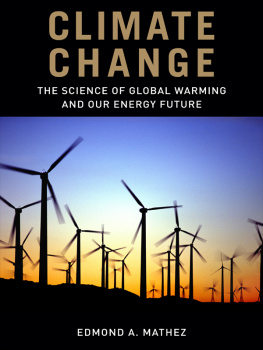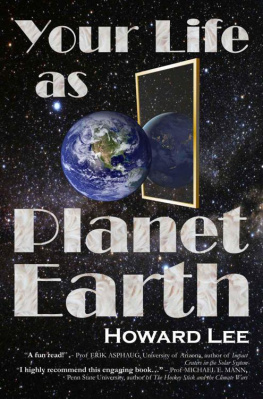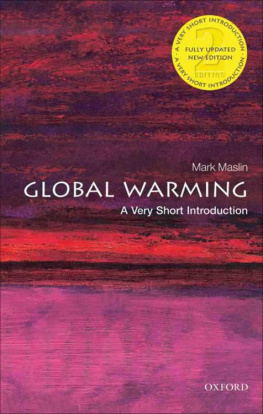Copyright 2015 by Bridget Heos
All rights reserved
For information about permission to reproduce selections from this book, write to or to Permissions, Houghton Mifflin Harcourt Publishing Company, 3 Park Avenue, 19th Floor, New York, New York 10016.
www.hmhco.com
Library of Congress Cataloging-in-Publication Data is available
ISBN 978-0-544-30347-8
Cover photos: cracked earth, raincoat, swirling clouds, flooded houses, and palm tree Corbis; iceberg Mark Karrass/Corbis; salty earth landscape Gary Weathers/Getty Images; oil drilling H. David Seawell/Corbis; children Ozan Kse/iStock; electric car Simon Turner/Alamy; solar panels Elenathewise/Fotolia; desert land one AND only/Shutterstock; polar bear and burned paper Veer; stop sign Getty.
eISBN 978-0-544-75059-3
v1.0216
For Cynthia Platt, editor extraordinaire
Introduction
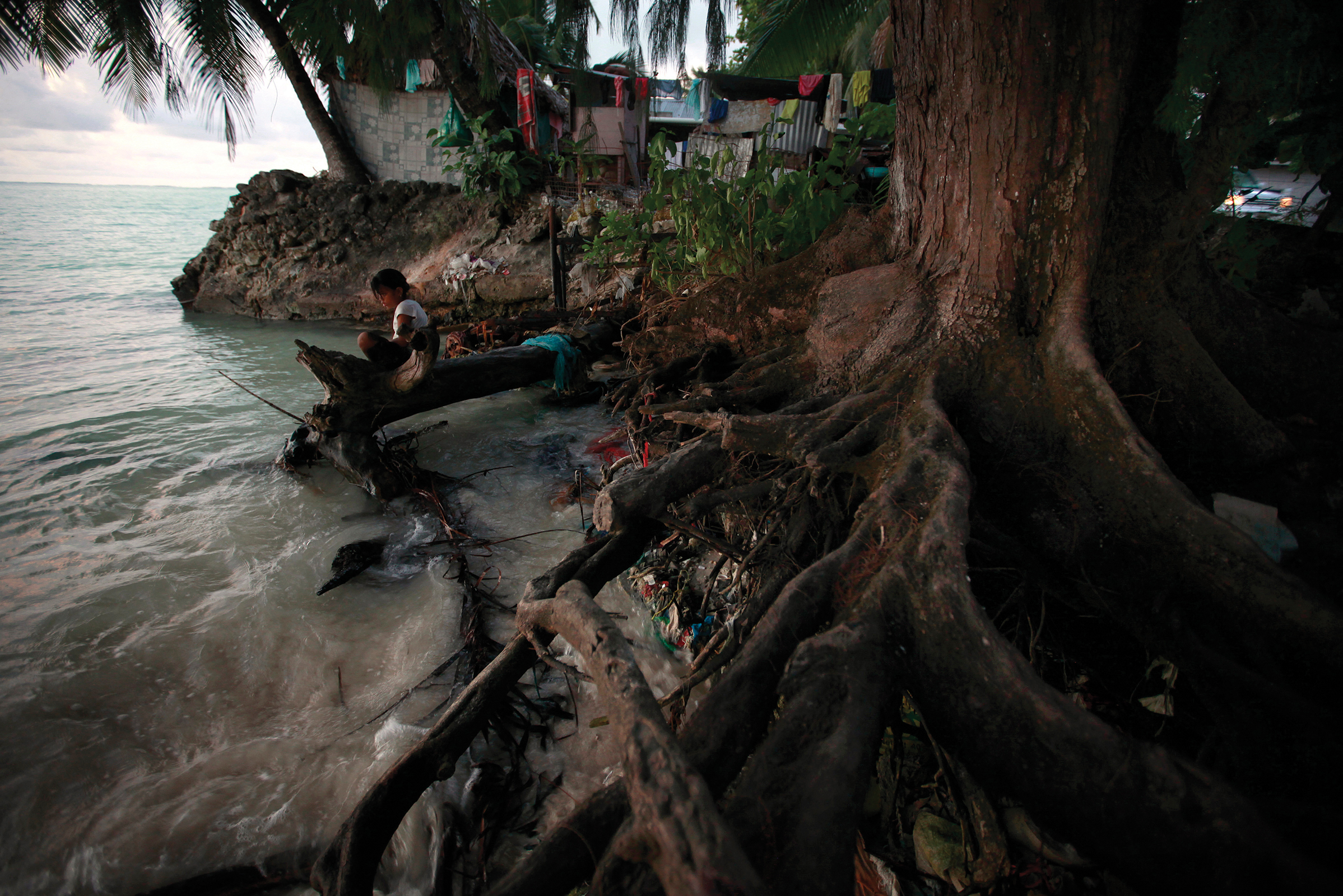
In the Pacific island nation of Kiribati, tree roots are exposed due to erosion that happens during high tides. Rising sea level is causing Kiribati to slowly be swallowed by the sea.
K IRIBATI, A NATION OF THIRTY-THREE islands in the middle of the Pacific Ocean, is home to 103,000 people. And it is drowning. Flooding has always occurred during storms. But now, the floodwater never recedes and villages are left permanently flooded. Meanwhile, ocean water has polluted the fresh groundwater, making it undrinkable. Scientists say that by the end of this century, the entire nation will have been swallowed by the sea because of global warming. The people, known as the I-Kiribati, will be among the first global warming refugees.

The temperature is rising almost worldwide, as seen on this map. Global warming is occurring most rapidly in the Arctic, resulting in melting glaciers and, as a result, rising sea level.
The world is getting warmer. The global temperature has risen 1.4 degrees F (0.85 degrees C) since 1880. If youre reading this on a cold day, you might think, Why is warmer bad? Well, it isnt, always. Warm or cold, theres no such thing as a perfect world. The dinosaurs survived in a warmer world. Mammoths and other megafauna thrived in a colder one. But Earth, with its present climate, is our perfect world because its the world to which we as humans have adapted and thrived. Our population has swelled in this perfect world, our nations borders were drawn according to it, and our food and water supplies depend upon it.
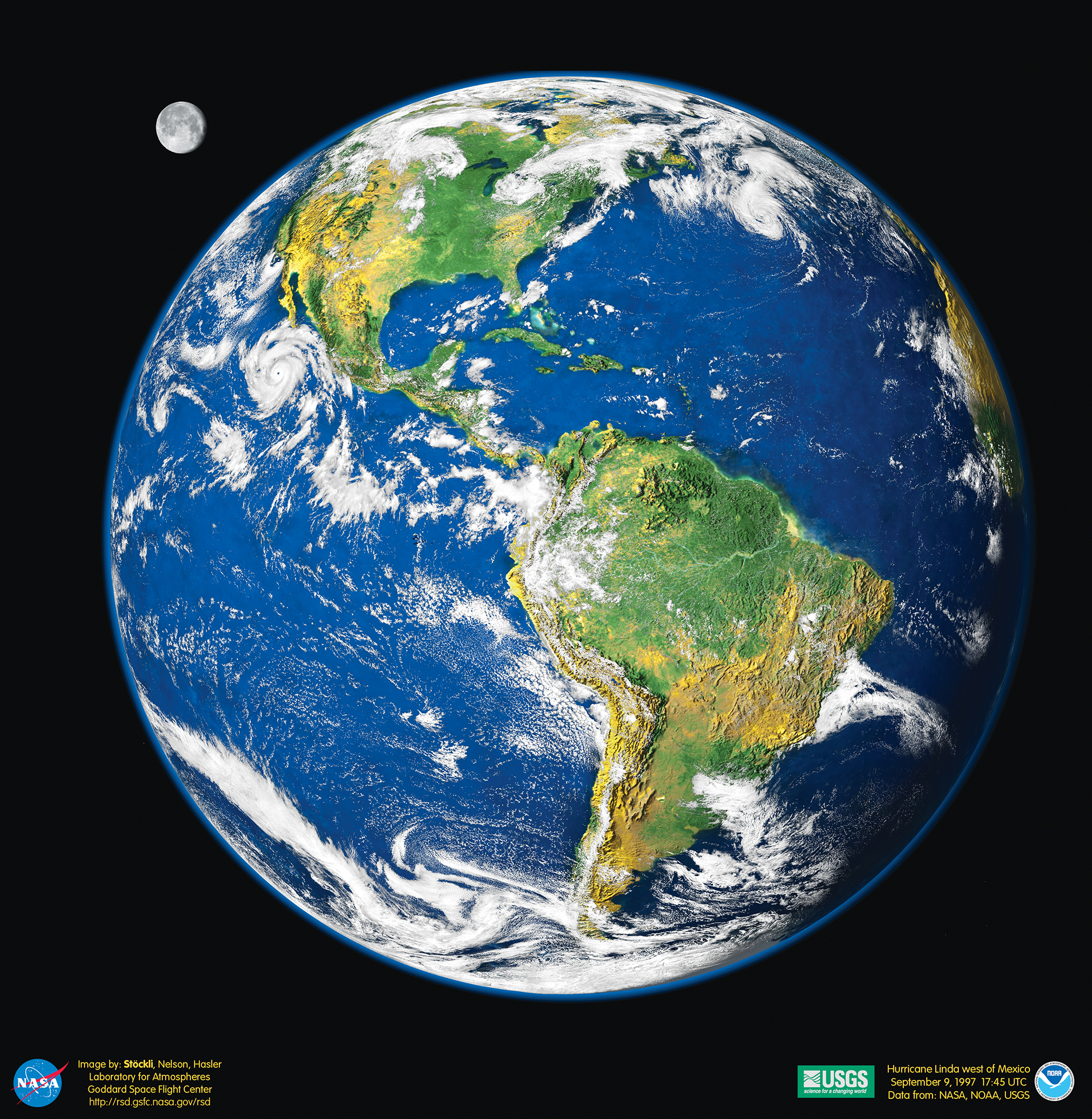
The earths climate has changed through the years. But we humans have come to rely on the present climate to grow food, access fresh water, and avoid flooding. As such, it is our perfect world, but global warming is changing that.
As the earth warms, it disrupts our perfect world in many ways. Kiribati is just one of many island nations being inundated by the rising sea, and the people of these nations cant simply move to higher ground. That land already belongs to other countries, the governments of which are reluctant to take in refugees because it would require an investment of time and money. In the case of Kiribati, the government has purchased land in nearby Fiji for the purpose of relocating. But Fiji is opposed to the idea of taking in a whole nation of people. Even when entire countries arent wiped out, coastal cities will be inundated by the rising tides. The cities infrastructures will be damaged by every major storm, until it no longer makes sense to rebuild. Citizens of these cities will also need to find new homes.
Even as flooding becomes commonplace, water shortages will abound. As is the case in the Pacific islands, coastal water supplies will be polluted by salt water. Elsewhere, water supplies will dry up because of droughts and shrinking glaciers. This will eventually lead to a decrease in food supply, as plants need water to grow. If global warming is left unchecked, our perfect world will become a world of heartbreaking struggle. In places where flooding and drought have taken hold, the struggle is already under way.
The less we allow the earth to warm, the fewer problems we will have. And every degree counts. Because when it comes to global temperature, small changes make a big difference. During the last ice age (which occurred from 2.5 million to 10,000 years ago), mile-deep glaciers overtook much of the Northern Hemisphere. And the world was just 9 degrees F (5 degrees C) colder on average than it is now. Today, with less than 1.4 degrees F (0.85 degree C) of warming, trouble is afoot. Sea level has risen 7.5 inches (19 centimeters), which is why island nations are slowly drowning. Global warming has also brought about droughts, heat waves, wildfires, and storms, and led to the spread of tropical diseases and the extinction of species. The evidence is clear: global warming is real and is already causing suffering.
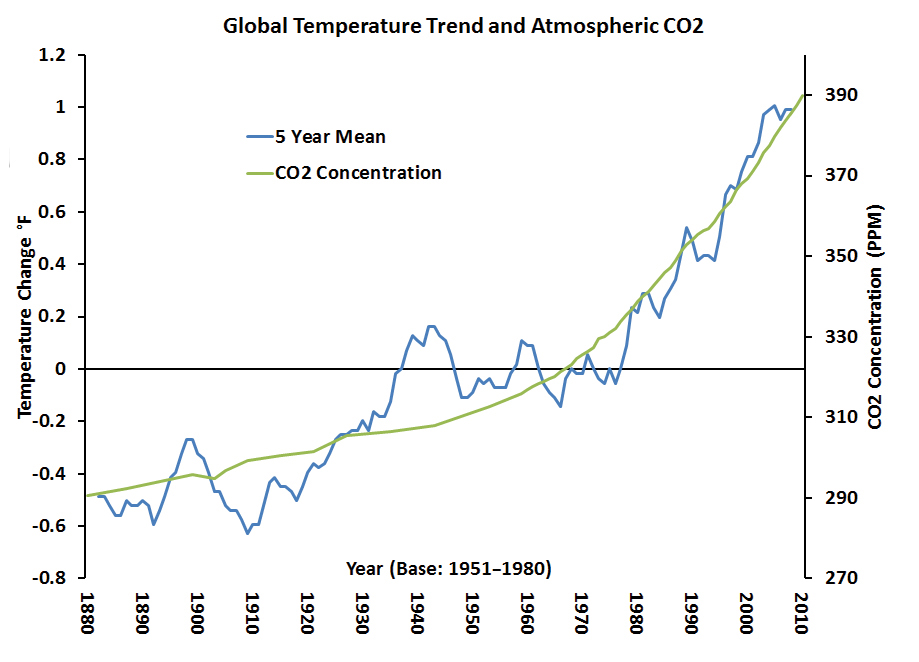
Carbon dioxide levels (the green line) and the global temperature (the blue line) have risen together since 1880. This is a key piece of evidence that shows that increased greenhouse gases in the atmosphere are causing global warming.
Its also clear that global warming is the result of rising greenhouse gas emissions caused by human activity. Carbon dioxide in the atmosphere is measured in parts per million. This means that for every million molecules of gas in the atmosphere, there are a certain number of carbon dioxide molecules contained therein. For instance, 400 parts per million is equivalent to four hundred molecules of carbon dioxide per million total molecules of gas. From the end of the last ice age, ten thousand years ago, to the beginning of the Industrial Revolution in 1760, carbon dioxide levels in the atmosphere hovered around 280 parts per million. But as coal began to power industry and electricity, and oil came to power our vehicles, greenhouse gas levels rose. Deforestation and modern agriculture practices have added to this effect. As a result, carbon dioxide levels are now nearing 400 parts per million41 percent higher than preIndustrial Revolution levels.
Today, scientists are studying global warming so that we can prepare for its future effects and stop it from getting out of hand. Many leaders are taking heed, hoping to prevent the human suffering and costly damage that will occur as the temperature climbs higher. Military, government, business, and community leaders are curbing emissions by increasing efficiency, switching to renewable energy, and changing forestry and agricultural practices. But there is still much to be done. If we are to stop the global temperature from rising more than 3.6 degrees F (2 degrees C)the current international goalthen developed and developing nations will need to reduce their greenhouse gas emissions significantly. In 1990, the carbon dioxide level was a little over 350 parts per million. According to scientists, 350 parts per million is the level to which we need to return in order to avoid some of the most devastating effects of global warming. The Intergovernmental Panel on Climate Change (IPCC), a United Nations group of climate scientists, recommends that nations turn back time on their emissions so that they become lower than they were in 1990.

